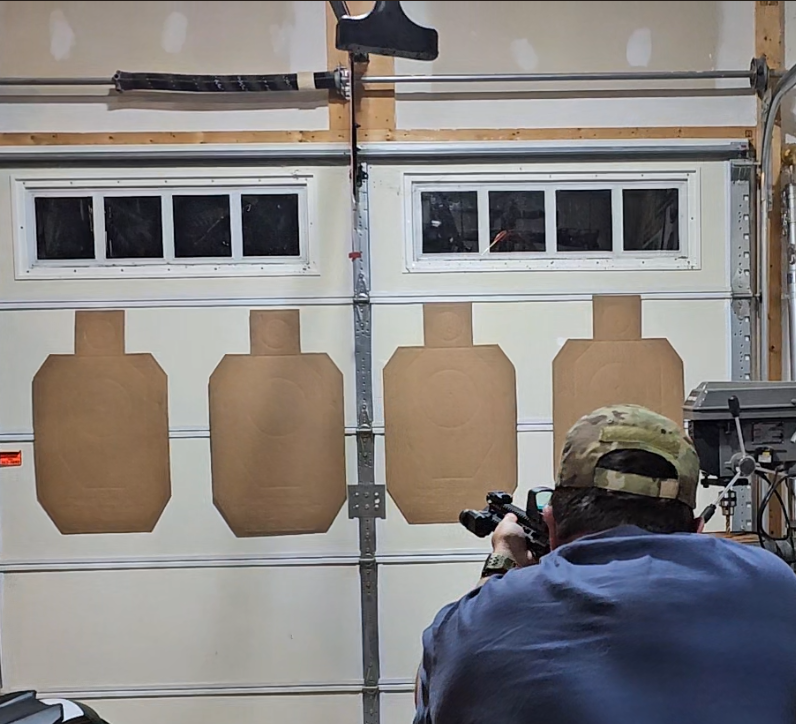Grand Rapids, MI
Every good shooter knows that precision and consistency don’t happen by accident—they’re the product of disciplined, deliberate practice. Range time is certainly an essential part of this…but practicing firearm skills without live ammunition (dry fire training) is even more essential—and should be the largest allocation of your training time. Read on and find out why this is so important.
Dry fire training strips away the noise, the recoil and the distractions, allowing shooters to hone in on critical fundamentals: grip, trigger control, stance, and sight alignment. By consistently practicing these elements without the complexity of live ammunition, shooters can identify subtle mistakes and correct them before they become entrenched habits.
Dry fire training isn’t limited to trigger control; it also covers weapon manipulation, such as loads, reloads, unloads, malfunction drills, and transitions between targets. This holistic approach prepares shooters for various scenarios they might encounter, whether in competition, self-defense, or on-duty use These precise, deliberate repetitions build muscle memory that translates directly into improved performance when firing live ammunition.
Safety is paramount, and dry fire training provides a secure environment to refine skills without risk. By practicing in controlled, familiar settings—like your own home—shooters can comfortably increase their training frequency. It’s crucial, of course, to always verify that your firearm is unloaded and to keep live ammunition separate to prevent accidents.
A significant advantage of dry fire training is affordability. Ammunition costs and range fees add up quickly, limiting how often many shooters can practice. Dry fire eliminates these expenses, enabling frequent, high-quality practice sessions. This increased frequency directly translates to accelerated skill development, providing greater returns on the time invested in training.
To maximize effectiveness, structure your dry fire sessions intentionally. Keep them short, focused, and frequent—just ten to fifteen minutes several times a week can lead to noticeable improvements. Setting clear, measurable goals and tracking progress helps maintain motivation and ensures continued advancement.
Incorporating dry fire practice into your regular training routine is an investment in your shooting proficiency. Whether you’re a competitive marksman, a professional operator, or a responsible civilian shooter, dedicated dry fire training can be the difference between being good and becoming truly exceptional.
Written By Alex DeVoe


